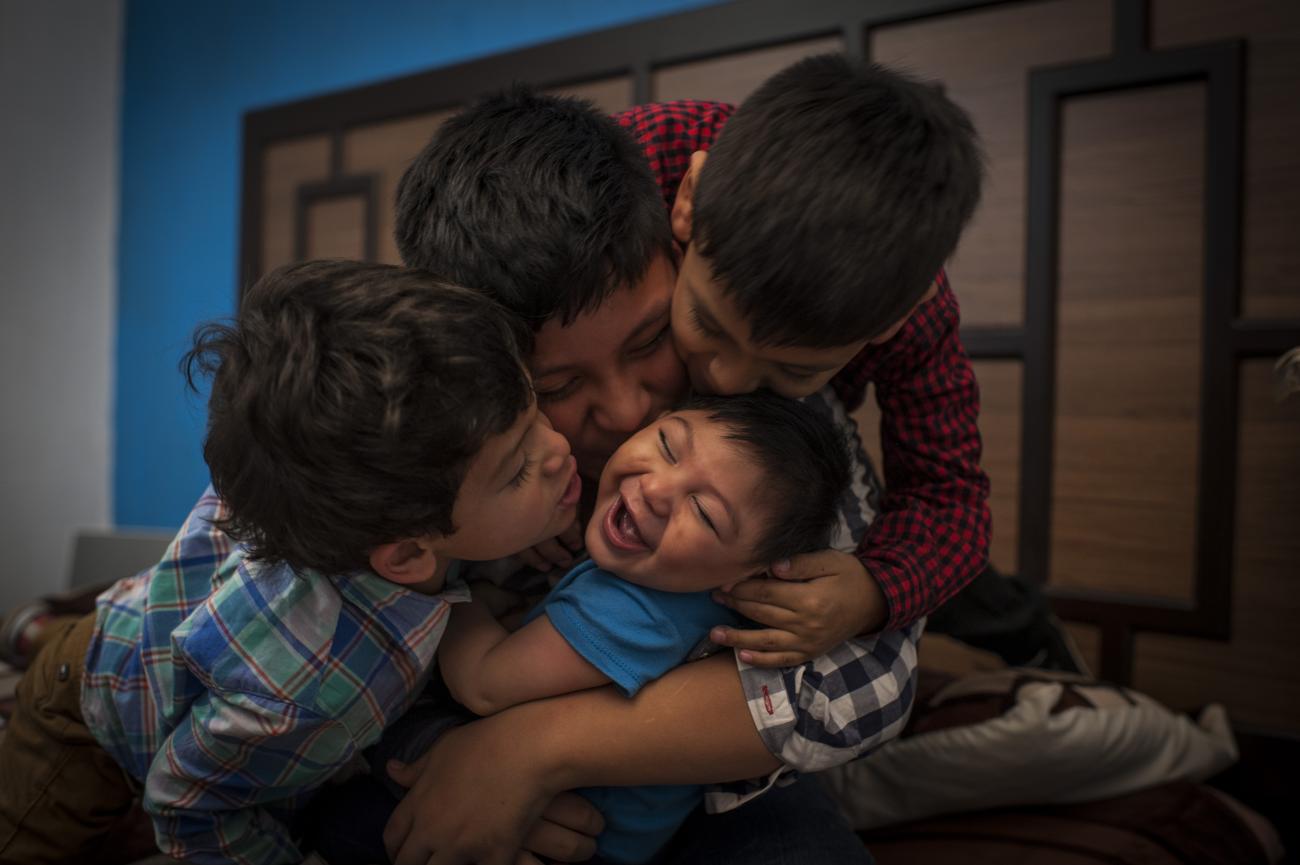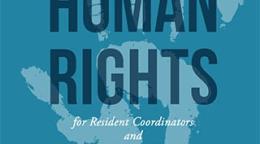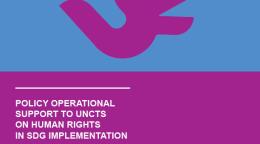Background
In the 2005 World Summit, UN Member States reaffirmed their commitment to ‘actively protecting and promoting all human rights’ and to supporting ‘the further mainstreaming of human rights throughout the United Nations system, as well as closer cooperation between the United Nations Office of the High Commissioner for Human Rights (OHCHR) and all relevant United Nations bodies’. This commitment requires increasing interaction and strengthened engagement with the international human rights machinery. Concurrently, one of the three integrated programming principles of the 2017 UNDAF Guidance that provide the normative foundation for the UNDAF is “human rights, gender equality and women’s empowerment,” further cementing the importance of human rights at country level and further highlighting the interconnections between human rights and development.
The term human rights machinery in this Guide is used to refer to the UN Treaty Bodies and the UN Charter-based mechanisms, which include the Human Rights Council’s Special Procedures and the Universal Periodic Review (UPR), as well as the International Labour Organization’s (ILO) supervisory bodies. OHCHR serves as a secretariat to the UN mechanisms, while the International Labour Office services the ILO mechanisms.
The mechanisms, albeit different in nature, feed into each other and are mutually reinforcing. Taken as a whole, their recommendations are critical in translating legal obligations and State’s commitments into a practical roadmap to improve the human rights situation in any country and further sustainable development
Strengthening engagement means ensuring that UN Country Teams (UNCTs) understand the role they can play in supporting human rights mechanisms, and vice versa, to understand the relevance of these mechanisms to their own work, and to use these mechanisms to further human rights and development goals at the national level.
Contributions from the UNCT, individually or collectively, to the UN human rights mechanisms are invaluable to identifying human rights challenges and priorities at country level and assessing the progress made by the State towards the implementation of previous recommendations. In turn, the recommendations made by the UN human rights mechanisms, when benefitting from engagement with the Resident Coordinator (RC) and the UNCT, become more focused, implementable, and therefore more relevant to the work of the UN system at country level. Above all, UNCTs can assist States in developing frameworks to integrate the recommendations emanating from these mechanisms into a coherent whole and can make a difference in supporting the implementation of all recommendations and effectively ‘bringing rights home’.
This Guide aims to provide practical ways to interact with all the human rights mechanisms and is organized as follows:
UN Treaty Bodies
UN Treaty Bodies are committees of independent experts nominated and elected to monitor implementation of the international human rights treaties. Each committee provides oversight of the implementation of the human rights treaty to which it is related (for example, the Committee on the Rights of the Child was created by the Convention on the Rights of the Child).[1]
UN Charter-based bodies including Special Procedures
The Charter-based bodies, which are now associated to the Human Rights Council (HRC), monitor adherence to human rights standards across all UN member states. They include Special Procedures, which are mandated to report and advise on human rights from a thematic or country-specific perspective. Special Procedures can be either individuals (called ‘Special Rapporteurs’ or ‘Independent Experts’) or a working group of five experts. Special Procedures mandate holders are appointed by the Human Rights Council and serve in their personal capacity. They are independent, are not UN staff and do not represent any particular country or region.
Universal Periodic Review (UPR)
In contrast, the UPR is a State-driven human rights peer-review process. The objective of the UPR is to regularly review the actions Member States have taken to improve the human rights situations in their countries and to fulfil their human rights obligations.
ILO Supervisory Machinery and Bodies
The ILO supervisory bodies include a range of mutually reinforcing mechanisms, including notably the Committee of Experts on the Application of Conventions and Recommendations, which is responsible for examining on a regular basis the implementation in law and practice of ratified international labour conventions. There are also a number of grievance mechanisms, including the representation and complaints procedures, as well as specific procedures dealing with freedom of association.
The Human Rights Council: What is it? How is it relevant to my work?
The Human Rights Council was created in 2006 to replace the UN Commission on Human Rights and reports directly to the UN General Assembly. It is an inter-governmental body made up of 47 UN Member States, each Member being elected for a 3-year term. The Human Rights Council has a broad mandate to promote and protect human rights globally, to address situations of human rights violations and make recommendations on them. It has the ability to discuss all thematic human rights issues and situations that require its attention throughout the year. For information on the Council’s sessions, procedures and subsidiary bodies, visit the Human Rights Council website.
Two mechanisms of the Human Rights Council are particularly relevant to UN Country Teams: namely, the Special Procedures and the Universal Periodic Review (UPR). Both mechanisms generate valuable human rights information that can be used as strategic input to planning and programming work in the field. UNCTs also have an important role in supporting the work of these mechanisms.
Resources
- About the Human Rights Council
- UN Web TV
- Universal Human Rights Index – a web-based, searchable database containing all recommendations of the international human rights mechanisms which can also be a useful tool to cluster recommendations:
- Country specific information about the Treaty and Charter-based bodies including information on the timeline for UPR reporting and recommendations from the first cycle, which treaties a specific country has signed and ratified, its reporting status, as well as the most recent Treaty Body and Special Procedures visits, reports and observations/recommendations to governments:
Endnotes
[1] Except CESCR, which was created through an ECOSOC resolution

















